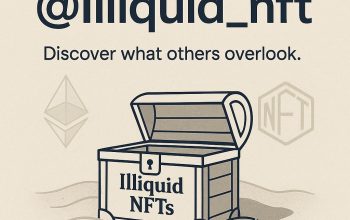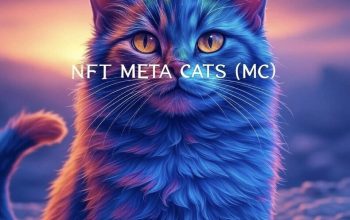The Shutdown of Reservoir’s NFT Services: A Deep Dive
In the rapidly evolving world of cryptocurrency and non-fungible tokens (NFTs), the landscape is ever-changing. One of the most surprising recent developments was the unexpected shutdown of Reservoir’s NFT services. This event sent shockwaves through the crypto community, prompting many to ask: why did Reservoir shut down its NFT services? To answer this question, we need to explore the intricacies of the NFT market, Reservoir’s business model, and the broader economic factors that influenced this decision.
The Rise and Fall of NFTs
The NFT Boom
The NFT market experienced a meteoric rise in popularity, with digital art, collectibles, and virtual real estate fetching astronomical prices. Platforms like OpenSea, Rarible, and Foundation became household names, and new players like Reservoir entered the fray, promising innovative features and better user experiences. The allure of NFTs lay in their uniqueness, scarcity, and the potential for massive financial gains. However, as with any boom, the bust was inevitable.
The NFT Bust
The NFT market began to cool down as the initial hype subsided. Several factors contributed to this downturn:
Reservoir’s Business Model
Innovative Features
Reservoir differentiated itself by offering unique features such as advanced analytics, automated pricing, and seamless integration with various blockchain networks. These innovations attracted a loyal user base and positioned Reservoir as a formidable competitor in the NFT marketplace.
Financial Struggles
Despite its innovative features, Reservoir faced significant financial challenges. The company had to contend with high operational costs, including server maintenance, developer salaries, and marketing expenses. Additionally, the competitive nature of the NFT market made it difficult for Reservoir to maintain a steady revenue stream.
Strategic Missteps
Reservoir’s leadership also made several strategic missteps that contributed to its downfall:
Economic Factors at Play
The Global Economic Slowdown
The global economic slowdown in the mid-2020s had a profound impact on the crypto and NFT markets. As disposable income decreased, investors became more risk-averse, leading to a decrease in NFT trading volumes. This economic downturn made it difficult for NFT marketplaces, including Reservoir, to sustain their operations.
Regulatory Pressure
Governments worldwide began to impose stricter regulations on the crypto and NFT markets, raising concerns about money laundering, tax evasion, and consumer protection. These regulatory pressures increased operational costs and made it more difficult for NFT marketplaces to operate.
Environmental Concerns
The energy-intensive nature of blockchain technology drew criticism from environmental activists, tarnishing the image of NFTs. This negative publicity made it more difficult for NFT marketplaces to attract new users and maintain their existing user base.
The Decision to Shut Down
Financial Viability
After careful consideration, Reservoir’s leadership concluded that the company was no longer financially viable. The combination of high operational costs, decreasing trading volumes, and regulatory pressures made it impossible for Reservoir to sustain its operations.
Strategic Pivot
Rather than continuing to operate at a loss, Reservoir decided to shut down its NFT services and pivot to more sustainable business models. This strategic pivot allowed Reservoir to focus on areas with greater long-term potential, such as decentralized finance (DeFi) and blockchain infrastructure.
The Future of NFTs
Lessons Learned
The shutdown of Reservoir’s NFT services serves as a cautionary tale for the crypto and NFT markets. It highlights the importance of financial sustainability, regulatory compliance, and community engagement.
Opportunities Ahead
Despite the challenges, the NFT market still holds significant potential. As the technology matures and regulatory frameworks become clearer, new opportunities will emerge. Innovators in the space must learn from the mistakes of the past and focus on building sustainable, community-driven platforms.
Conclusion: A New Dawn
The shutdown of Reservoir’s NFT services marks the end of an era, but it also signals the beginning of a new one. As the crypto and NFT markets continue to evolve, players must adapt and innovate to survive. The lessons learned from Reservoir’s rise and fall will shape the future of the industry, paving the way for more sustainable and community-driven platforms. The future of NFTs is uncertain, but one thing is clear: the journey is far from over.
—
Sources:





